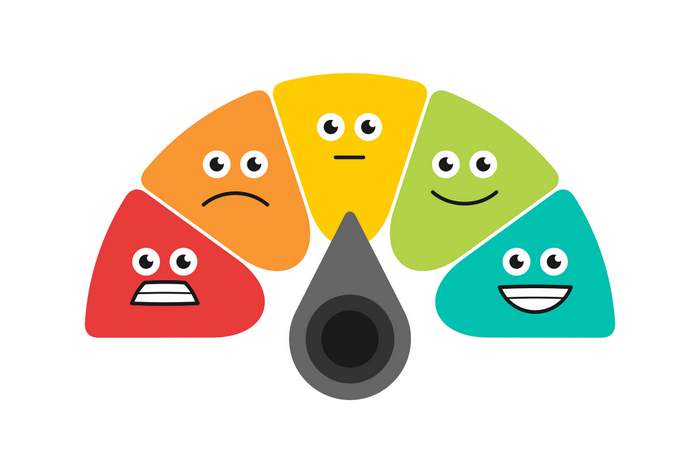When it comes to designing solar systems for clients, handling the technical aspects of the job is easy. You have the tools, you have the knowledge, and you have the job that needs to be designed.
People, though. People can be a problem. “I have come across many difficult customers in my solar career,” says Erik Duff, solar design manager for Green Ridge Solar in the Portland, Ore., area. Duff explained that many times he runs into solar customers that fall into several different camps. Each customer provides unique challenges and requires different steps to address their design issues.
The Know-It-Alls
Know-It-Alls come in many forms, but they often share a common level of self-research that drives their need to be involved in the design process. However, this self-education can often interfere with the solar design.
“Customers that think they know more than the solar professional have been a constant issue,” Duff says. “Generally, they have a very clear picture of what they want, and many times that picture does not quite match up to what I need to do. I am glad that customers are trying to educate themselves to make more informed decisions, but a lot do not check their sources and become misinformed or are given bad information.”
How does a solar designer address the issue of Know-It-All customers? First, remember that you are the expert. You have the knowledge and training, and the customer does not. Listen to their input, but the final decision comes down to you.
A good outcome often hinges on having a good relationship with the salesperson working with the customer. The salesperson is the first line of defense when working with difficult customers, and it is their job to provide the (correct) information and education about solar, while tactfully handling personalities and egos and ensuring that they are in good hands.
The Non-Realists
Non-Realists are customers who know what they want, despite what physics, geography and financial reality has to say about it.
“These customers are dead set on specifics, whether it is the price they are willing to pay, system size or location of the array,” Duff says. He described working with customers that insist on installing solar in locations that are ill-suited for solar, or they insist on installing a specific size of array despite offset percentage. In the end, these Non-Realists are often disappointed that their solar system is not producing enough power to cover their needs.
The unfortunate reality is that these customers do not understand the limitations involved in designing a solar system. The price, location and equipment they have in mind are not necessarily what will be best for their situation.
To deal with Non-Realists, first remember that you are not a miracle worker. You know the limitations involved in designing a PV system, so you should not feel pressured to bend the rules (either of physics or the AHJ).
And again, it is crucial that you have a working relationship with the salesperson involved. That salesperson should set realistic expectations for the customer, as well as thoroughly explain the limitations involved in designing a solar installation. Unfortunately in solar, the customer is not always right, and the salesperson should keep in mind the difficult job a solar designer has in meeting the customer’s expectations.
The Flip-Floppers
Flip-Floppers are customers who are constantly unsure and changing their mind about what they want in a solar installation. Whether it be array size, location, type of panel, etc., Flip-Floppers can never seem to settle on a decision, and they can be the most stressful customers to deal with. As Duff explains, hours of time and resources can be wasted on customers who don’t have a clear vision of what they want.
“One customer I had to design 10 different proposals for because they didn’t have an idea of where they wanted the array to go,” Duff says. Each and every time he had to redesign the proposal was one more customer who couldn’t be served.
When dealing with Flip-Floppers, it is important to know your limits and priorities. As a solar designer, you are expected to turn over design after design in a reasonable amount of time. Having to revisit a design multiple times is often expected, but only within reason.
Set up an expectation with your team, especially the salespeople, that solar designs cannot be redone indefinitely. Your time, and other customers’ designs, are too important to be held up by a Flip-Flopper. Each customer’s design is important, but not at the detriment of all other customers. Ensure that salespeople understand the challenges Flip-Floppers present, and make sure they encourage those customers to have a vision of what they want going into the design process and/or help them see one.
The Key? Teamwork
In the end, dealing with impossible customers is a team effort. Solar designers alone cannot resolve the issue of Know-It-Alls, Non-Realists and Flip-Floppers. A strong relationship and communication between all parties is vital. Solar designers need to ensure salespeople understand the challenges and limitations of the job, and salespeople need to understand how they can work between both the designer and the customer to create fewer headaches for everyone.
Tim Deters, Green Ridge Solar in Oregon.
— Solar Builder magazine


Leave a Reply
You must be logged in to post a comment.